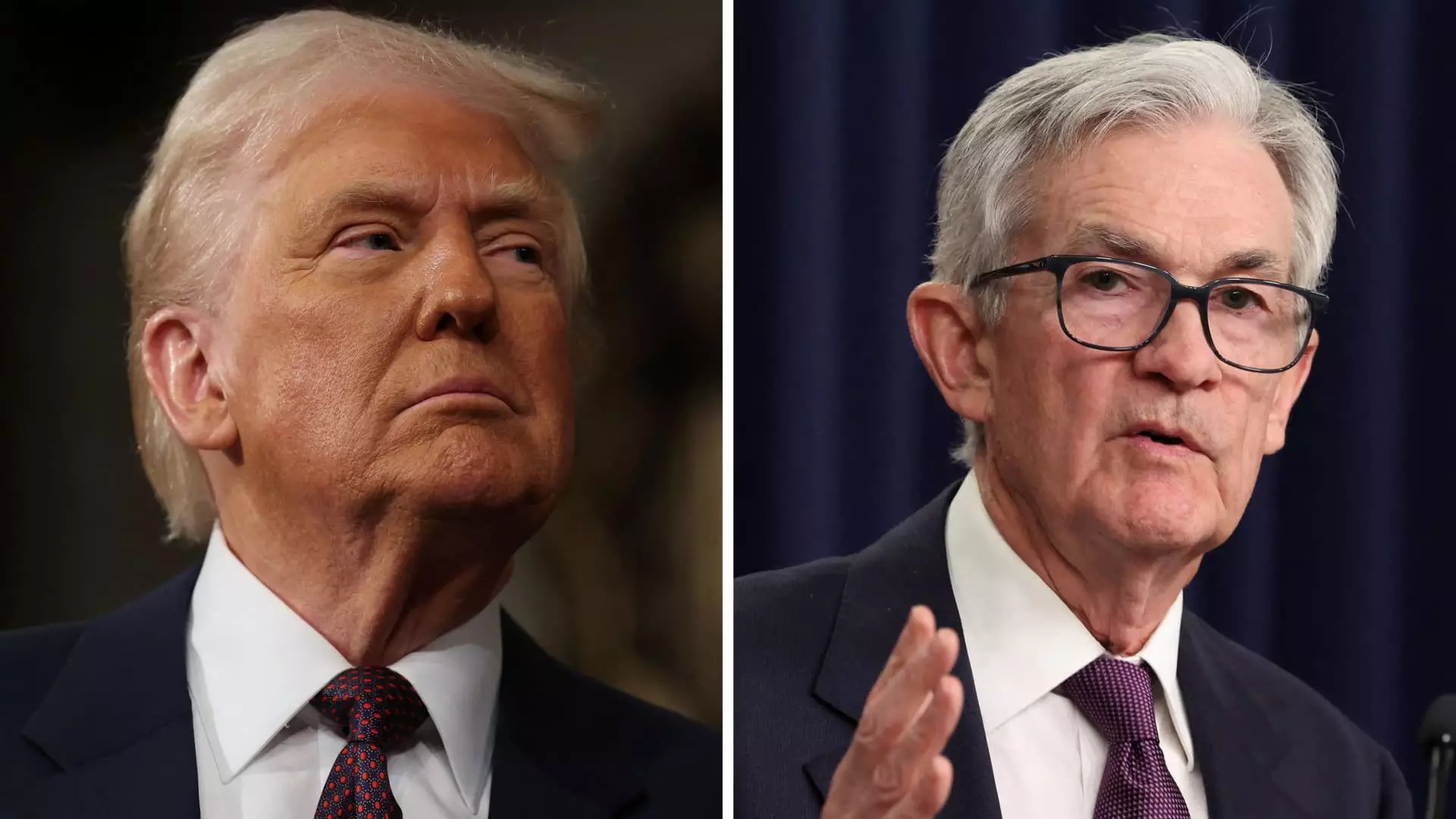In today’s financial landscape, one element remains particularly volatile — the relationship between the White House and the Federal Reserve. Recent headlines reveal the President’s controversial comments about potentially firing Fed Chair Jerome Powell, a move that could trigger unprecedented market instability. While President Trump publicly denied intentions to remove Powell, his prior statements and insider reports suggest covert discussions and a breezy flirtation with political interference in monetary policy. The market’s reaction was immediate and visceral: sharp dips followed by recovery, evidencing both investor sensitivity and resilience.
The real concern here extends beyond the specific threat to Powell’s job security. It underscores a broader narrative of political meddling in the independence of the central bank. Such interference threatens to erode confidence, create uncertainty, and destabilize the monetary environment that markets depend on for guidance. Investors must critically assess how political noise influences Federal Reserve policy signals — an unpredictable variable that can sway interest rates, inflation expectations, and liquidity conditions. Historically, central bank independence has been a bedrock of economic stability, but recent episodes threaten that stability, risking heightened volatility.
Moreover, the ongoing tug-of-war between the White House and the Fed complicates the roadmap for future monetary policy. President Trump’s push for rate cuts, the conflicts over Fed headquarters renovations, and the potential encroachment into central banking decisions all paint a picture of an administration increasingly embroiled in monetary affairs. For investors, this signifies a need for heightened vigilance. Market participants should evaluate the risks of politicized decisions, which may lead to abrupt policy shifts unanchored from economic fundamentals, thereby amplifying the potential for rapid market swings.
Regulatory Battles and Legal Uncertainty: The Crypto and Corporate Governance Front
The legislative arena is equally fraught with tension, especially within the realm of crypto regulation and corporate governance. Recent legislative developments in the U.S. House indicate a tumultuous process marred by partisan conflicts and procedural delays. The intense marathon voting session that surpassed records exemplifies the deep divisions over how to approach emerging technologies like cryptocurrencies. While some lawmakers see regulation as a safeguard, the prolonged debate signals underlying uncertainties around market regulation consistency and infrastructure.
From an investor perspective, these legislative uncertainties can be both a risk and an opportunity. Ambiguous regulatory environments often translate into volatility, as market participants grapple with the unknown effects of new rules on asset valuation and market integrity. Conversely, firms able to navigate or anticipate regulatory shifts may capitalize on early mover advantages, especially in a field as nascent and dynamic as crypto.
Simultaneously, corporate governance issues are surfacing in corporate America, exemplified by Tesla’s recent legal battles with New York regulators. The move to change bylaws to require investors to hold a 3% stake to file derivative lawsuits reflects an attempt to deter shareholder activism. This tactic, criticized as a “bait-and-switch,” exposes the ongoing struggle between boards seeking to shield themselves from accountability and shareholders advocating for transparency and oversight. For investors, understanding these internal governance shifts illuminates the potential for both risk and strategic opportunities in companies where shareholder rights are being reshaped.
Corporate Earnings: A Mixed Picture with Signposts of Resilience
Turning to corporate earnings reports, the picture is complex but not entirely discouraging. PepsiCo’s robust second-quarter results showcase that even amidst softer demand and volume declines, certain global brands are holding up. Its reaffirmed full-year outlook, emphasizing domestic growth, indicates resilience in core markets. This suggests that diversified consumer giants can withstand global headwinds, offering investors a degree of confidence in their stability.
In stark contrast, the airline industry reveals vulnerabilities. United Airlines, faced with operational disruptions and capacity constraints, revised its earnings forecast amid weaker demand, particularly in domestic travel. The FAA’s caps at Newark Liberty owed partly to staffing shortages highlight how external operational pressures can impede recovery, and forecasted costs further temper optimism. Yet, the promise of a strong finish to 2024 and beyond signals that these hurdles may be temporary. For investors, these mixed earnings signals emphasize the importance of discerning fundamental strength amid short-term headwinds, especially in sectors vulnerable to external shocks.
The Broader Economic Narrative: Navigating a Tension-Filled Landscape
Overall, the current environment demands a critical and nuanced understanding of the interplay between politics, regulation, corporate performance, and macroeconomic signals. While headlines about potential political interference at the Fed evoke caution, the underlying resilience in some corporate sectors offers a counterpoint of hope. Investors should recognize that in a landscape fraught with uncertainty, strategic positioning — grounded in thorough analysis and skepticism of official narratives — is vital.
The ability to distinguish between temporary turbulence and fundamental shifts will define successful investing in this era. Plays that hedge against political risk, that leverage regulatory insights, and that prioritize companies with resilient core operations are more likely to thrive. The coming months will be a test of prudence, adaptability, and critical insight for anyone serious about navigating the stormy seas of today’s markets.


Leave a Reply